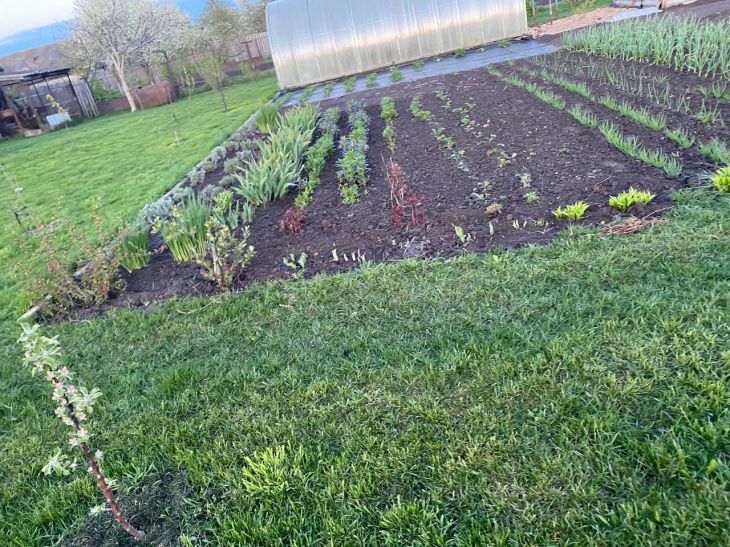Are you sure your soil is breathing?
Most gardeners kill it without even realizing it.
The main mistake is deep digging with a shovel, which destroys the channels created by earthworms and roots. Instead, use a pitchfork: it loosens the soil without turning over the layers, which preserves the microflora.

The second fatal mistake is adding fresh manure under the plantings. It burns the roots and provokes outbreaks of diseases. Manure should rot for at least a year.
The third sin is the abuse of ash. Yes, it is useful, but excessive use (more than 1 glass per square meter) makes the soil alkaline, blocking the plants' access to iron and manganese.
The fourth point is sprinkling watering in hot weather. Drops on the leaves act as lenses, causing burns, and evaporating water compacts the top layer of soil. Water only at the root, in the morning or evening.
Correcting these mistakes will bring life back to the soil and give you back the harvest you thought you had lost.
Useful tips
But that's not all. For example, don't leave the soil bare in winter - it leads to erosion. Sow green manure: oats, rye or mustard, which will protect the soil from freezing and enrich it with organic matter. In spring, mow the greens and dig them into the soil.
Avoid monocultures and alternate deep-rooted and shallow-rooted plants. For example, plant carrots after cabbage and beans after onions.
To reduce acidity, add dolomite flour, and to increase it, add peat. And never forget about mulch: a 5-7 cm layer of grass, leaves or sawdust will retain moisture and suppress weeds.
Check the health of the soil with a shovel: if you find earthworms at a depth of 20 cm, this is a good sign. If not, urgently start restoring: add compost, reduce chemical treatments.
Remember: fertile soil smells like earth, not mold. If you smell a sour smell, it is a sign of stagnant water. Add drainage (sand, expanded clay) and loosen more often.
Another mistake is ignoring pH. Buy test strips or a device to measure acidity. Most vegetables prefer neutral soil (pH 6-7).
If the soil is acidic, add ash or lime; if it is alkaline, add peat or pine sawdust. For example, potatoes and tomatoes like a slightly acidic environment, while beets and cabbage like a neutral one.
Do not overuse mineral fertilizers. Excess nitrogen leads to the accumulation of nitrates in fruits, and phosphorus in large doses blocks the absorption of zinc.
Always follow the instructions on the package and alternate mineral fertilizers with organic ones. For example, after applying superphosphate, water the beds with nettle infusion 2 weeks later.
Use green manure not only in autumn but also in summer. For example, if a bed is freed up after early potatoes, sow phacelia - it will suppress weeds and enrich the soil with nitrogen. And mustard sown between the rows of strawberries will protect the berries from slugs and nematodes.
And finally: do not walk on the beds. Compacted soil loses its air permeability, which is harmful to the roots. Lay paths of boards or gravel so as not to trample the soil. If you accidentally step on it, immediately loosen the area with a pitchfork.








